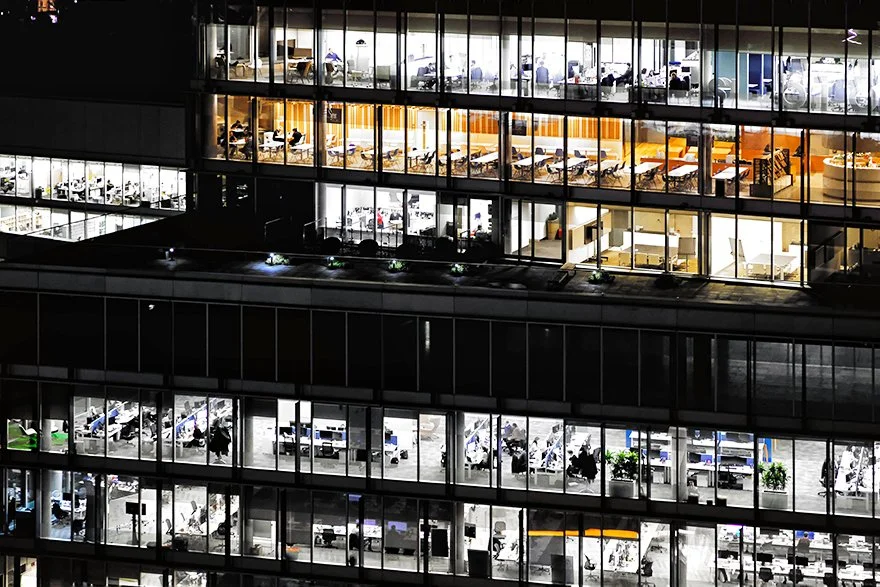Back to the office
Private equity firms have been making a quiet return to the London office market of late, with around £320m of the £1.5bn of London office stock under offer set to be acquired by investors seeking to capitalise on attractive pricing and the potential for rental growth.
Flying relatively under the radar for now, an influx of interest from typically ‘smart’ PE money will no doubt attract more attention in the coming months. So, what’s causing this uptake in interest?
Most likely is a growing realisation that there is still a disconnect between values and occupational activity. With a number of significant projects gearing up to announce they are fully let, this is no great surprise.
The City’s tallest tower, 22 Bishopsgate, is now 95% let and AXA IM Alts reports a “strong pipeline of interest” in the remaining 5%. Meanwhile, nearby 8 Bishopsgate, developed by Mitsubishi Estate London, is close to fully let with just over 10% of its 560,000 sq ft still available.
While questions around the future of office occupancy have failed to dissipate in the post-Covid years, it seems we are finally getting some evidence-based answers; occupiers still want office space and are seemingly prepared to pay a premium for best-in-class product.
Positive signs from the occupier market have fuelled a first wave of investor confidence, which is likely to be further emboldened during the course of the year. A recent report on the West End office market prepared by Kontor, Knight Frank and Gerald Eve has highlighted concerns over the lack of new office space coming on stream. The report added that there is “relatively little” floorspace in the planning pipeline and – as it stands – no offices larger than 60,000 sq ft available in the core West End market.
The lack of new product in the pipeline and continued planning uncertainty is responsible for an uptick in refurbishment activity that has promoted recent deals such as Feldberg Capital’s acquisition of 21-25 Bedford Street in Covent Garden and the £300m sale of Langham Estate’s non-core portfolio to Oval Real Estate, backed by Elliott Advisors in Fitzrovia.
These assets have likely been purchased with the view to undertaking significant ESG upgrades – and a clear belief that they can generate future returns.
Private equity firms are on the lookout for assets they can add the most value to, whether that be super prime City towers, or assets with value-add potential.
With private capital starting to sit up and take notice of the office market, it is only a matter of time before the institutions follow. This has the potential to inject some more life into a subdued investment market and to unlock more development opportunities.

